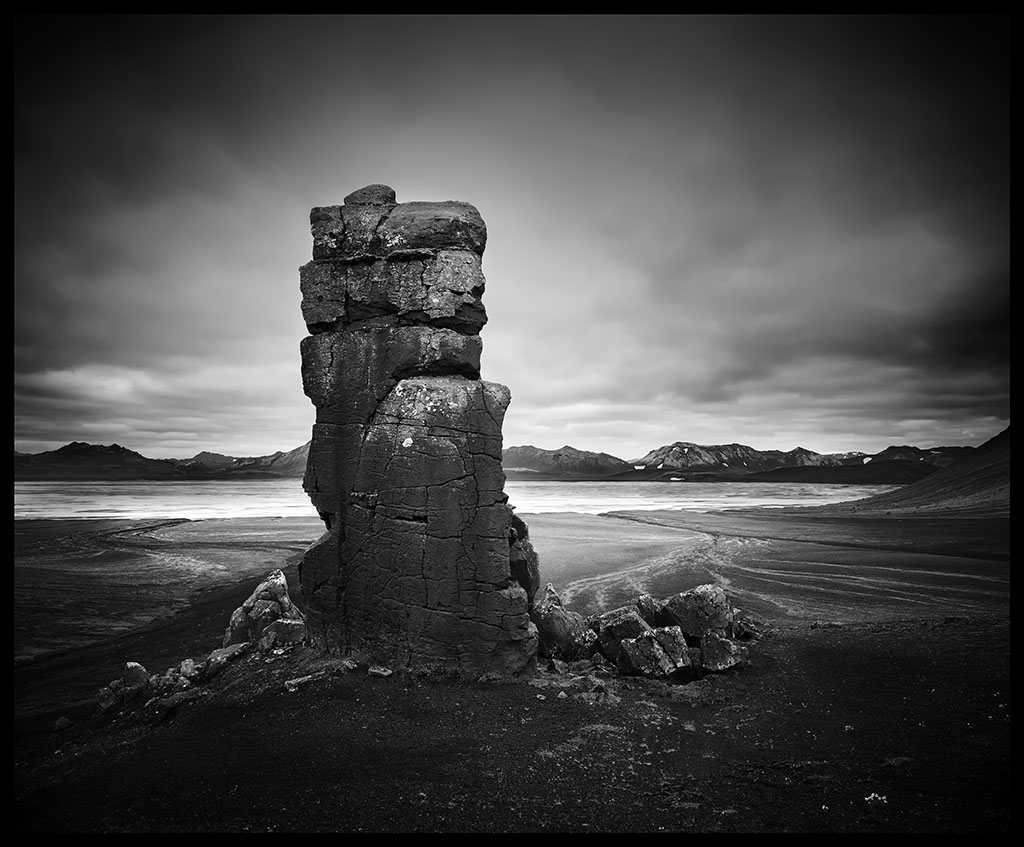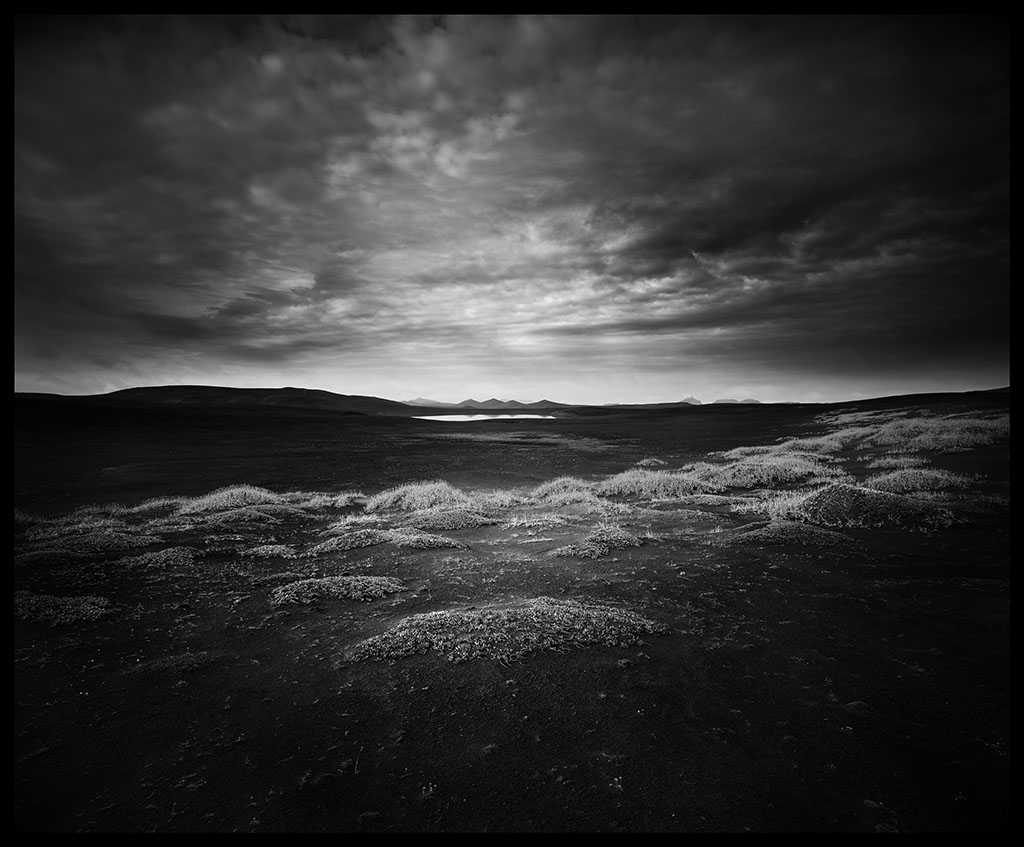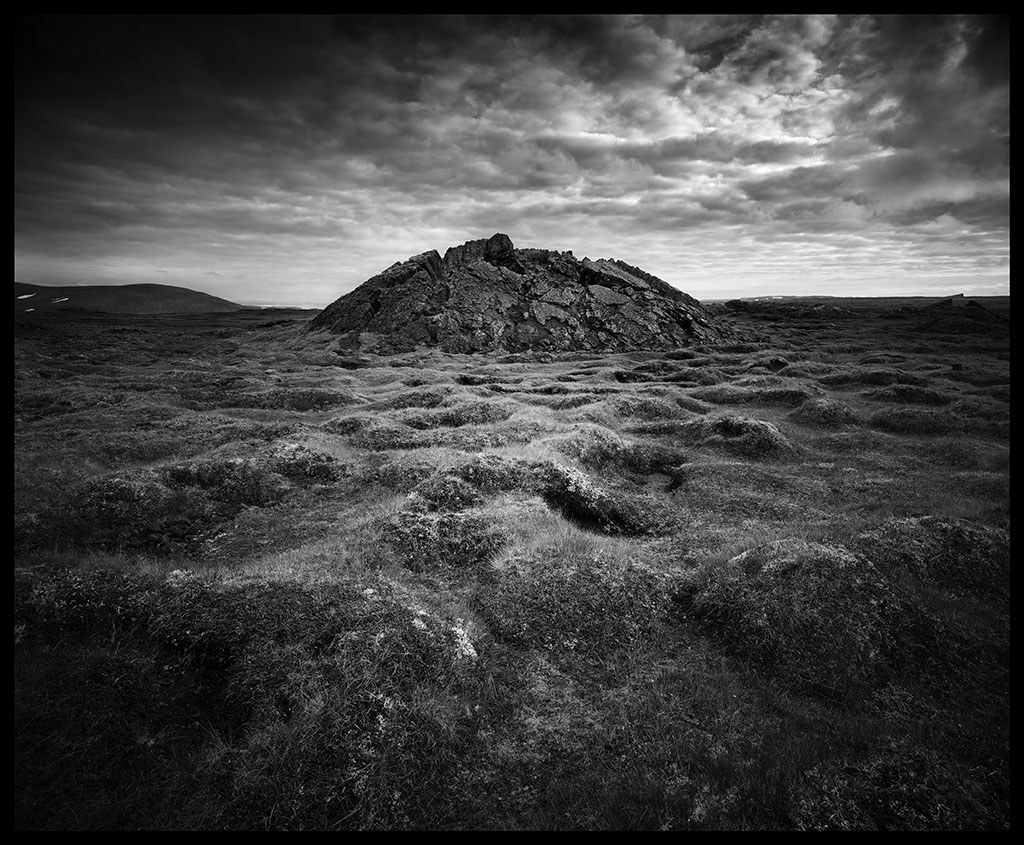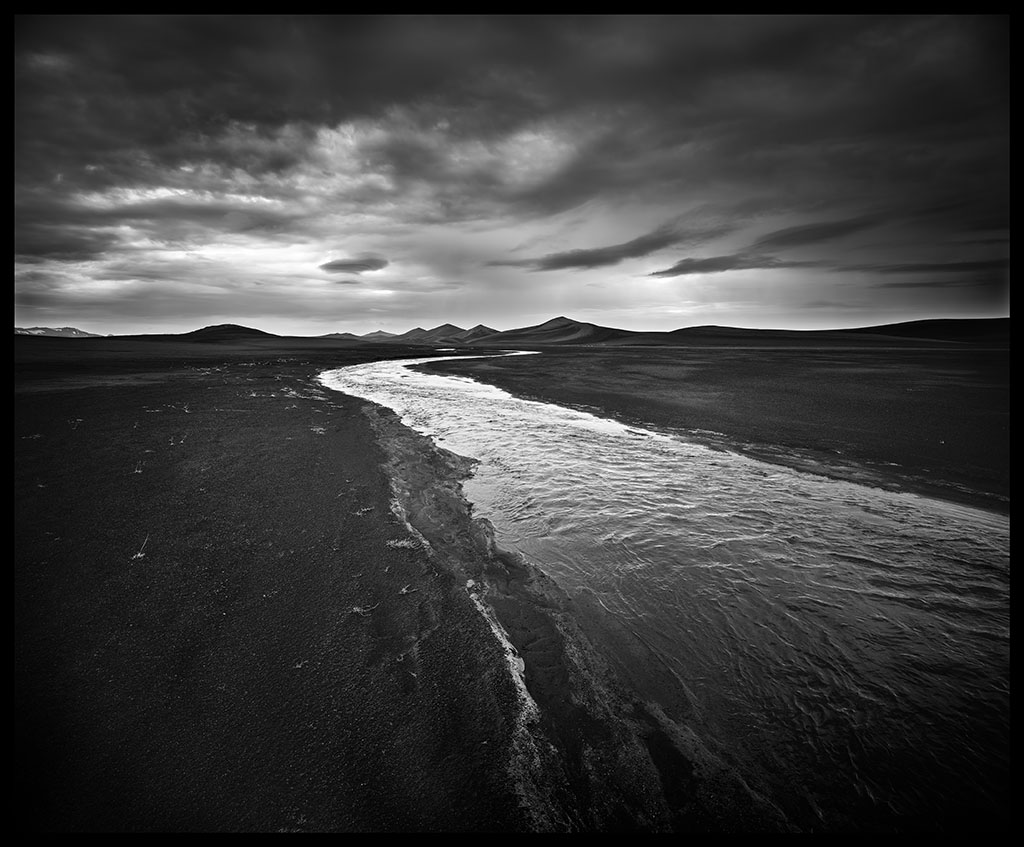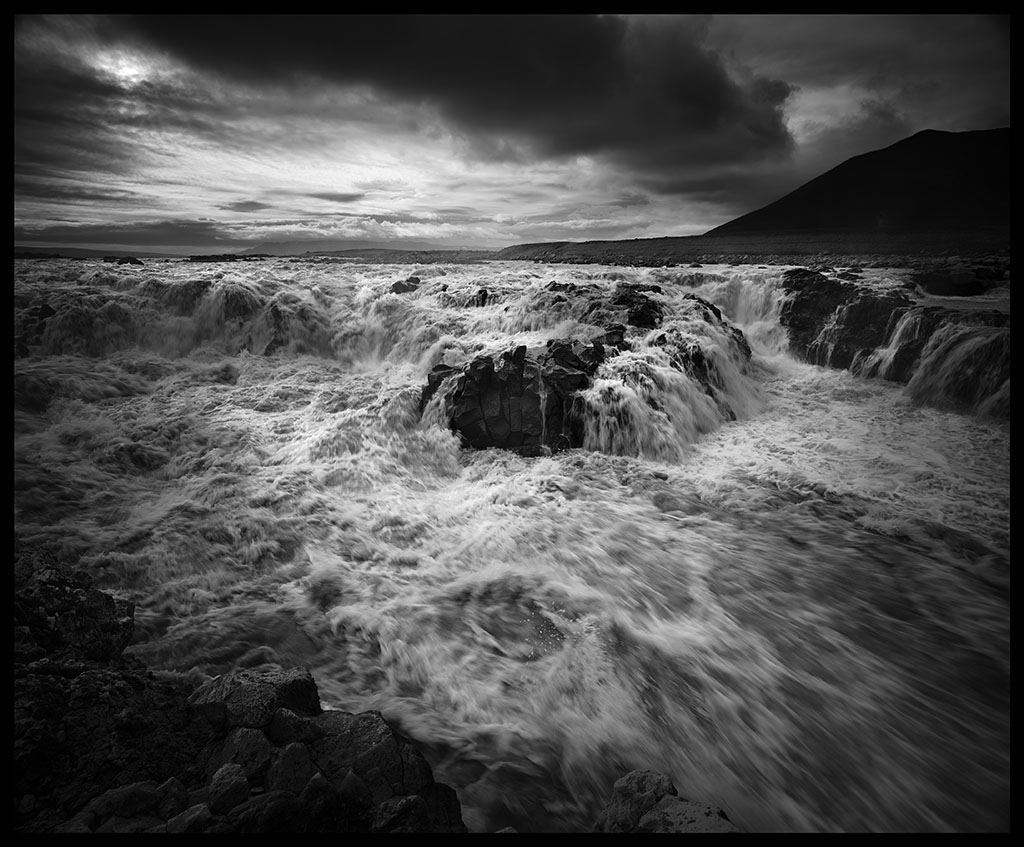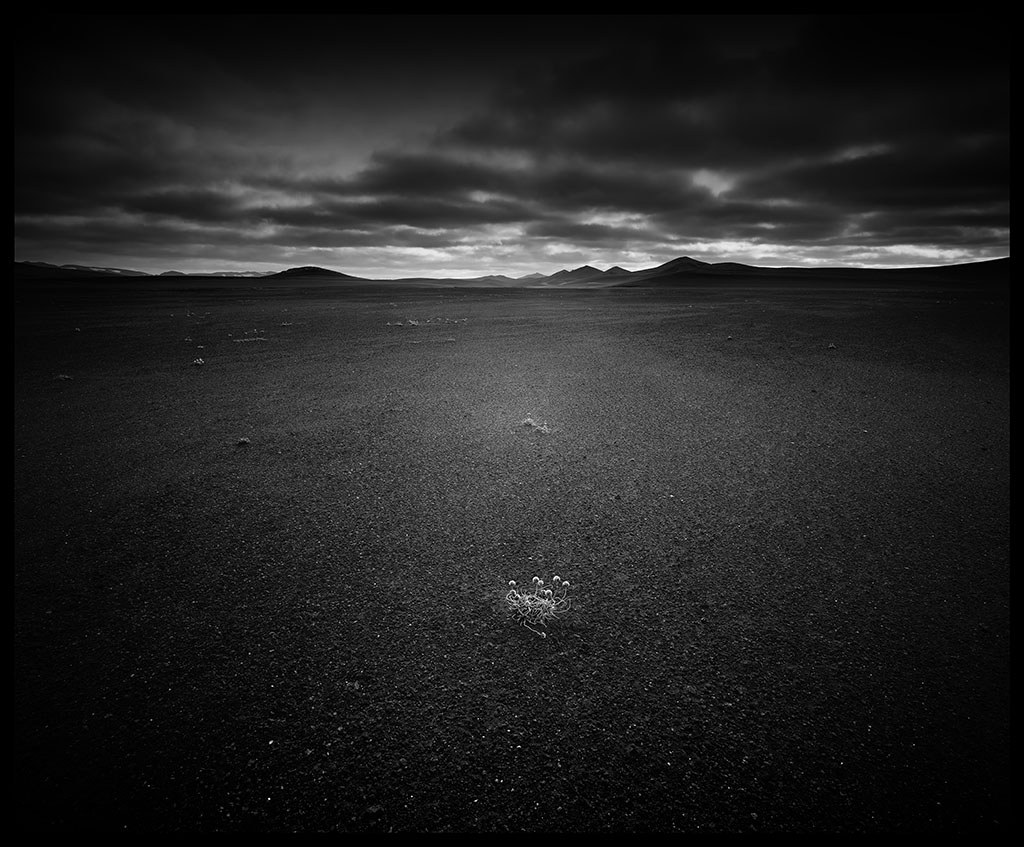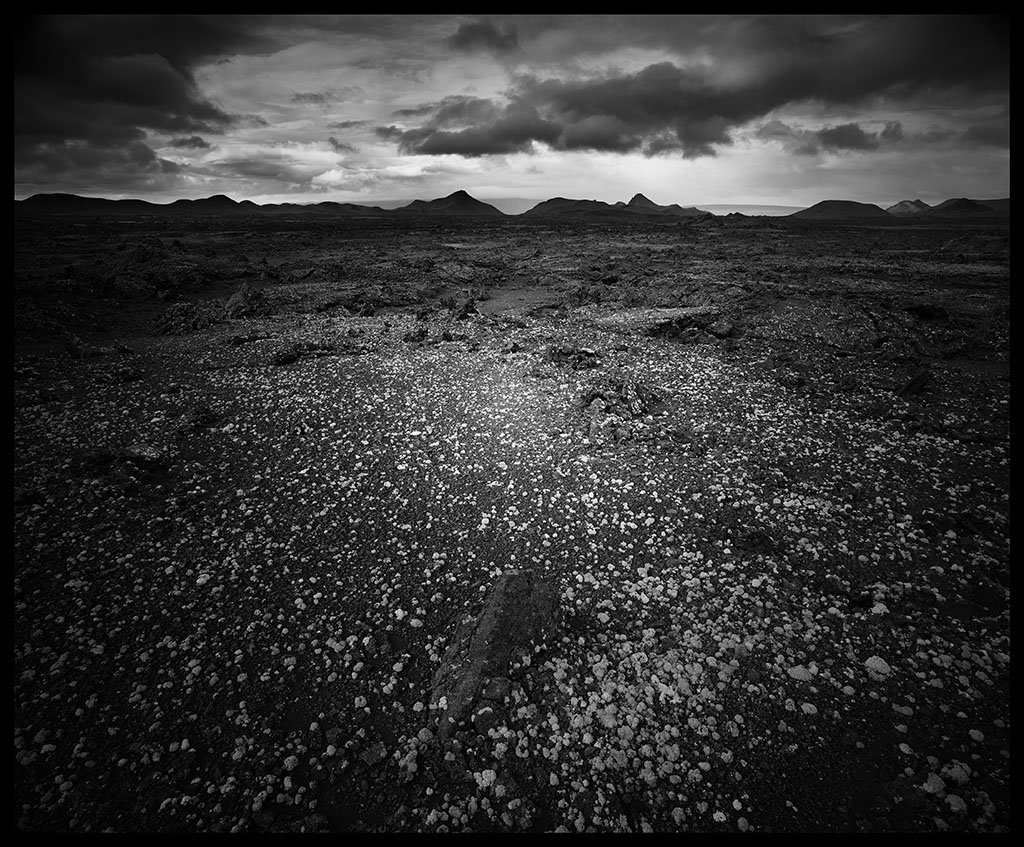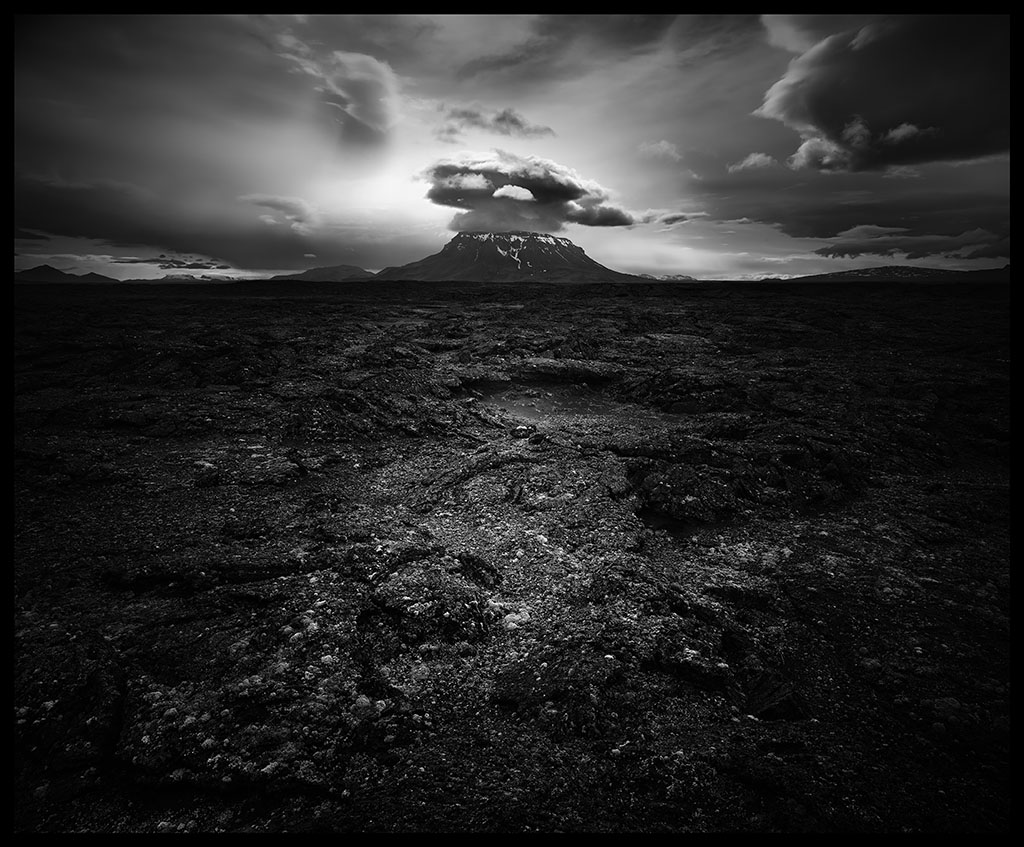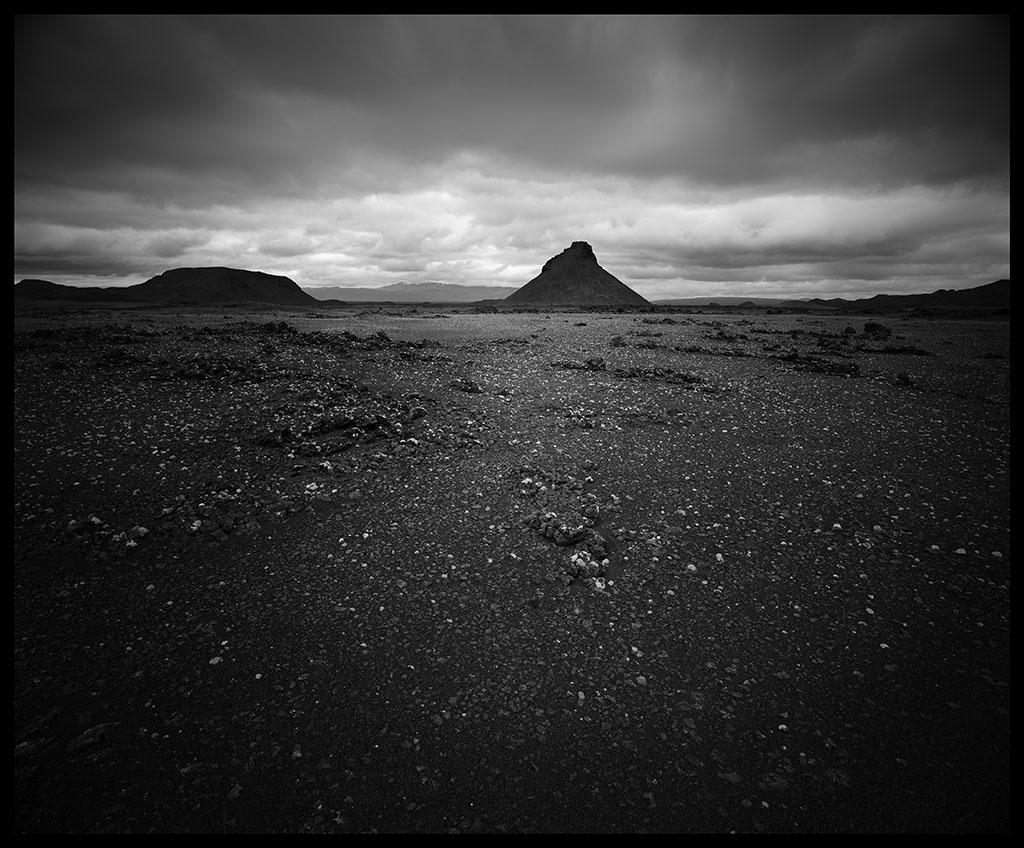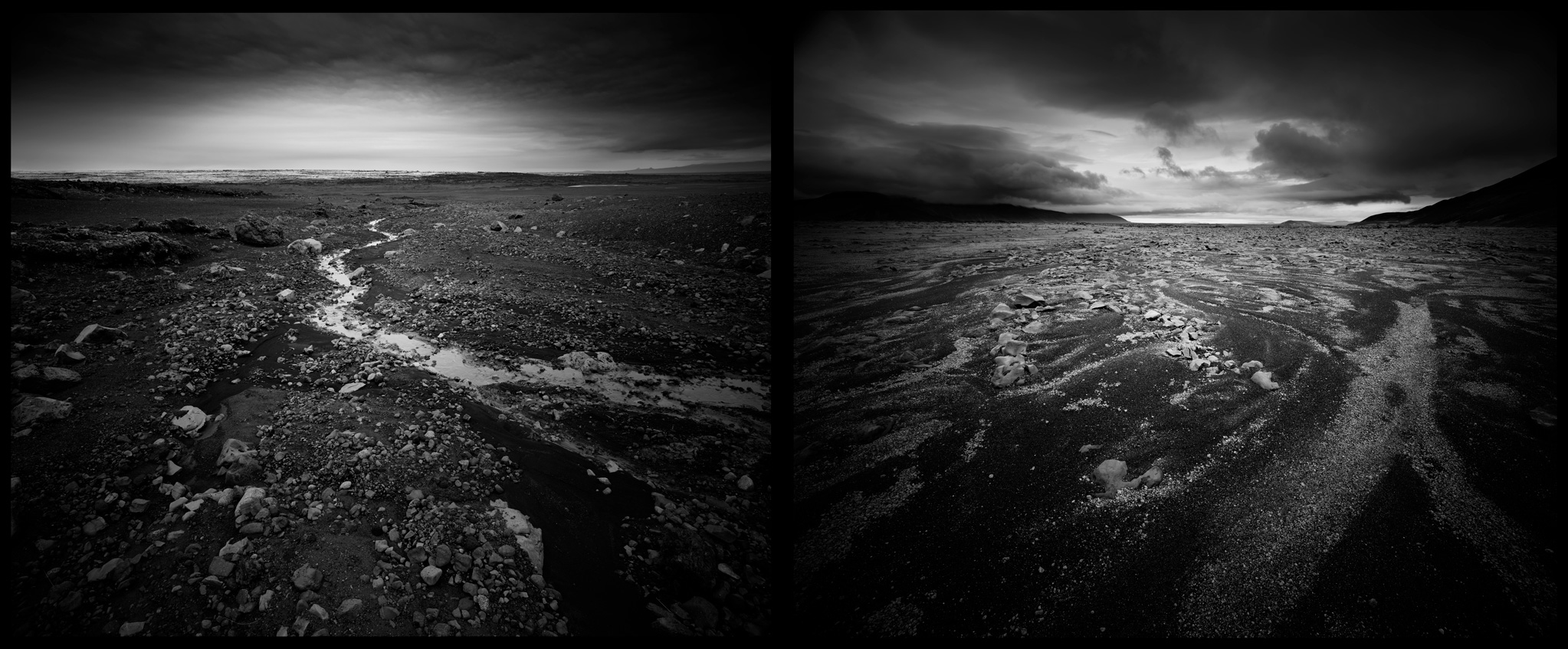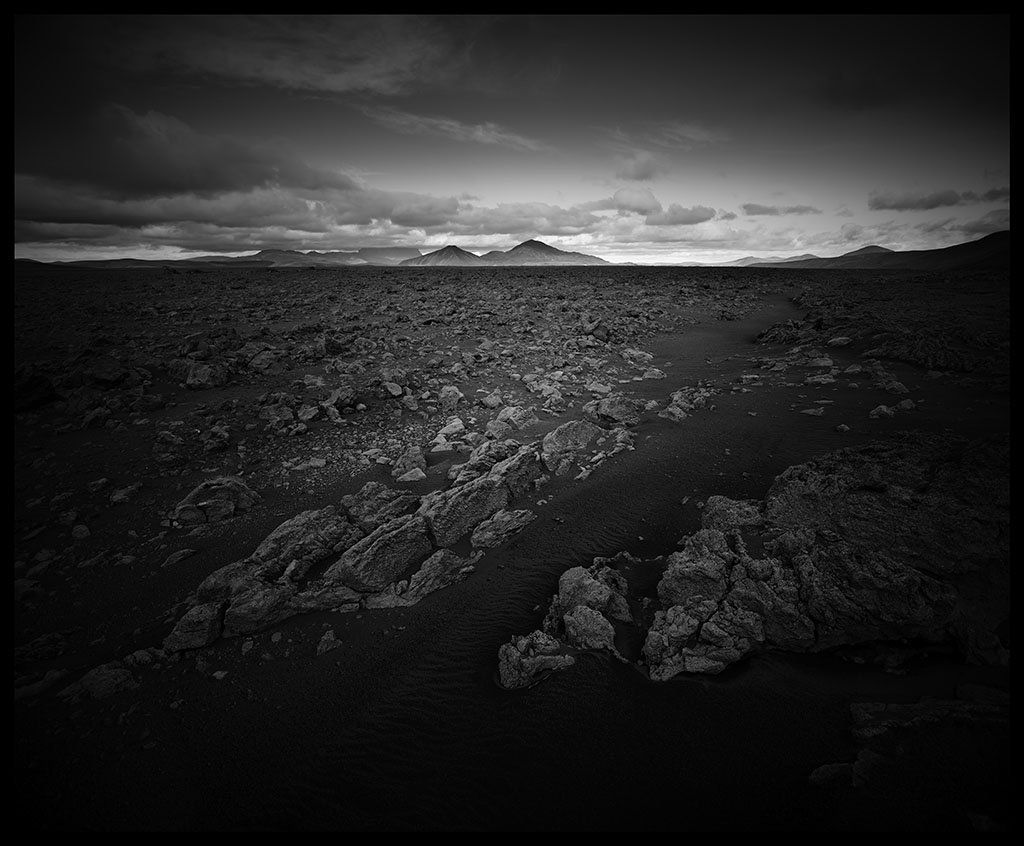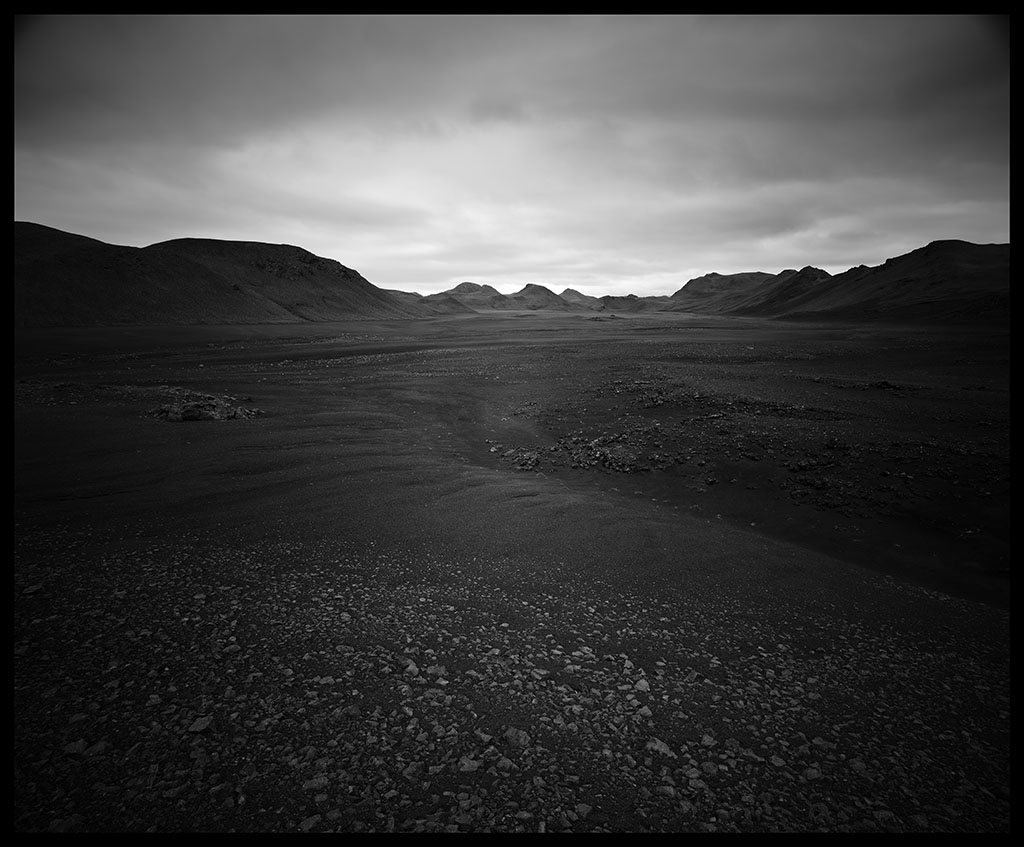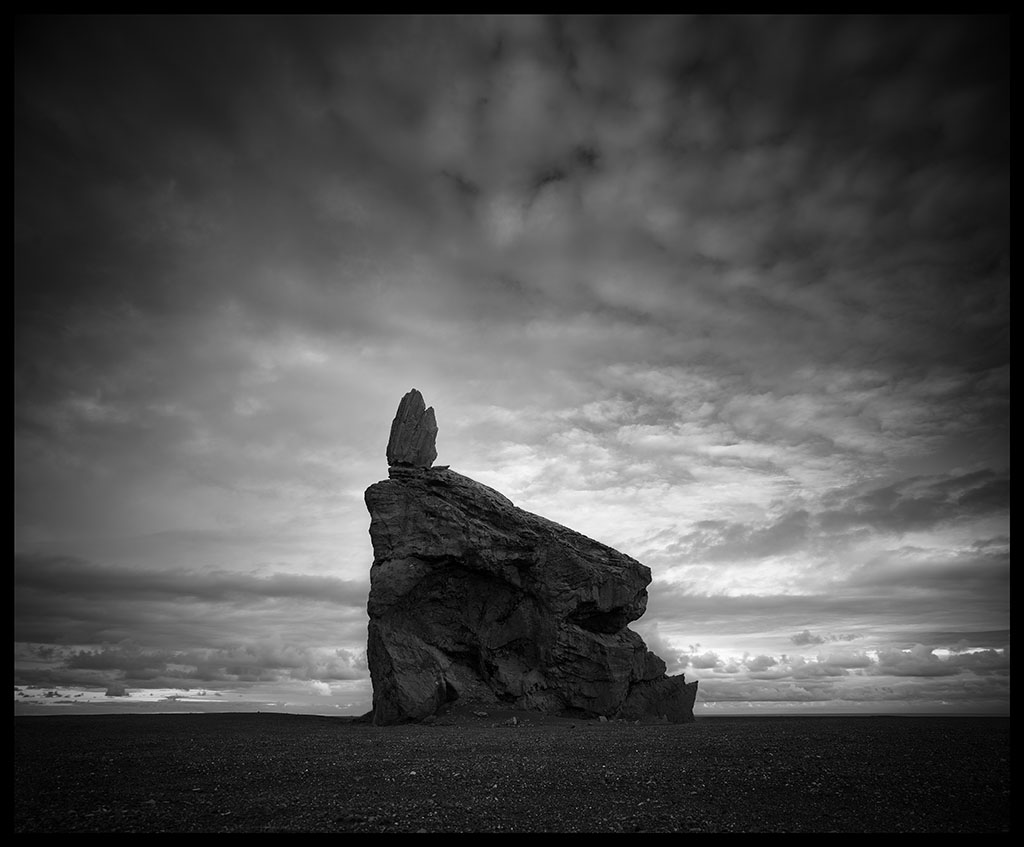Evolibrium
Transformative Chaos at a Crossroads
Climate change is the defining issue of our time, but it is just a harbinger of what is to come. We as humanity have set in motion a chain of events that are a threat to the entire web of life on Earth and therefore to the world as we understand it. Evolibrium is a projection into a future beyond the natural state we know. Irreversible. Nature does not disappear, but change.
Project
Statement
Exhibition
Concept
User
Guide
e
s
s
a
y
“We can call it the Anthropocene which points to the culprit, or climate change which describes the most visible effect; bottom line we are talking about a mass extinction of life on Earth.”
sources
Imagine a world without the smell of woodlands, without the humming sound of summer meadows, without the beauty of colorful flowers. Imagine the oceans without fish and skies without birds. Imagine a tomorrow without joy for our eyes, ears, and nose.
We switched to voluntary contributions. Thank you!
20 percent of all proceeds are donated to organizations helping the environmental cause. Presently, these are Friends Of the Earth, ClientEarth, and UNEP.
Notify Me of New Exhibitions
Listen to 'Mother Earth'
Pause Audio Narration
00:00
Mother Earth
by Emma Goldman
and Max Baginski
(edited extract)
There was a time when men imagined the Earth as the center of the universe. The stars, large and small, they believed were created merely for their delectation. It was their vain conception that a supreme being, weary of solitude, had manufactured a giant toy and put them into possession of it.
When, however, the human mind was illumined by the torch-light of science, it came to understand that the Earth was but one of a myriad of stars floating in infinite space, a mere speck of dust.
Man issued from the womb of Mother Earth, but he knew it not, nor recognized her, to whom he owed his life.
In his egotism he sought an explanation of himself in the infinite, and out of his efforts there arose the dreary doctrine that he was not related to the Earth, that she was but a temporary resting place for his scornful feet and that she held nothing for him but temptation to degrade himself.
Man devastated the Earth. Yet she renewed herself, the Good Mother, and came again each spring, radiant with youthful beauty, beckoning her children to come to her bosom and partake of her bounty.
Full Text originally published in [Mother Earth, Vol. I, no. 1, March 1906]
Credits
Concept – Arved Gintenreiter
Essay and Photography – Arved Gintenreiter
Image Post Production – Impact Digital, New York, US
Sound Composition – 19 Sound, London, UK
Sound Special Effect Cracking Rock – Fonic, London, UK
Last but not least, every project is teamwork. A big thank you to all more and less visible supporters along the road from planning to shooting to getting this exhibition online. Thank you for not just your help but all the good advice along the way.
Special thanks to all National Park Rangers in Iceland who raised my spirits with chats, spontaneous dinners, laughter, and with granting permits whenever needed.
Artificial Intelligence Transparency:
Images: 100% human | 0% AI
Narration: 100% human | 0% AI
Soundscapes: 100% human | 0% AI
Audio Narration: spoken by AI
Documentation | Evolibrium
1 Essay, 5 Chapters
15+1 Photographs
16+1 Soundscapes
3 Text Fragments
Original prints: 300 x 250cm (118.1 x 98.4in), Inkjet, Ed. 6+2AP
How it Came About
Evolibrium started with a disappointment. 2008, when the US housing and financial crisis began to spread across the Atlantic, I traveled to Iceland for the first time. This country in the Northern Atlantic Ocean, half way between the US and Europe, served the crisis, and with it the devastating pain for the people, as a steppingstone on the way to mainland Europe. Maybe there would be a story to tell? Nature quickly upended my agenda, and nothing went as planned.
A flight to a little island off the coast of Iceland was delayed due to a sudden blizzard which appeared literally out of the blue. The return flight then could not operate at all, which meant two more days of being stranded on a mere rock in the Atlantic Ocean, while listening to howling winds and watching snow piling up outside the window. Once back in Reykjavik, I rented a small car to have a look beyond the capital, and failed again. After an hour-long battle against the elements, including getting stuck in a pile of snow on the street, and gale force winds starting to push the car and me off the icy road – I capitulated.
Research results under these conditions were, let’s say, thin at best. But the force of Nature left a lasting impact. How would living in a natural environment hostile to human life feel? What if in our pursuit of unchecked human exploitation we triggered a downward spiral, with the global environment as we know it, collapsing? What if things on Planet Earth went terribly wrong irreversibly?
Details
Project duration: 2015-2023
Shooting Location: Iceland. Location details are not disclosed, hoping to protect the fragile nature from (further) damage.
Technique: Digital photographs, 3×3 images stitched, digital post production
Project Statement | Evolibrium
1 Essay, 5 Chapters
15+1 Photographs
16+1 Soundscapes
3 Text Fragments
Original prints: 300 x 250cm (118.1 x 98.4in), Inkjet, Ed. 6+2AP
We are a part of Nature, but we set ourselves apart. We depend on Nature, but we deliberately destroy the natural environment we live in. This contradictory relationship is the starting point of my audio-visual project “Evolibrium – Transformative Chaos at a Crossroads”, a story about human hubris, the transformation of our conceptual frameworks, and the grave reverberations of humanity’s continuous emotional severing from the non-human sphere.
With a mix of black and white photographs, soundscapes, and narration, I explore the relationship between humankind and Nature from the hunter-gatherer past to the post-modern present, before turning to the future imagining what might be to come.
The term Evolibrium describes Nature’s dualistic state as static equilibrium and progressive evolution at once, both intertwined and each moving on their own scale of time. When Nature on Earth is pushed out of this fragile balance, it enters a phase of chaotic environmental changes, until finally a new Evolibrium is found – a new state of temporary (dis)harmony.
Beyond the dooming news of the day, I search for the underlying reasons of our troublesome relationship with Planet Earth. This journalism-inspired long-form exhibition experiment therefore aims to bring an additional perspective to not only the debate about Climate Change but also the meta level of how humanity engages with the non-human world.
Credits
Concept – Arved Gintenreiter
Essay and Photography – Arved Gintenreiter
Image Post Production – Impact Digital, New York, US
Sound Composition – 19 Sound, London, UK
Sound Special Effect Cracking Rock – Fonic, London, UK
Last but not least, every project is teamwork. A big thank you to all more and less visible supporters along the road from planning to shooting to getting this exhibition online. Thank you for not just your help but all the good advice along the way.
Special thanks to all National Park Rangers in Iceland who raised my spirits with chats, spontaneous dinners, laughter, and with granting permits whenever needed.
Exhibition Concept | Evolibrium
Essay, Photographs, Soundscapes, Quote Fragments
With this first in a series of journalism-inspired exhibition projects, I am returning to my journalistic roots, albeit with a twist. Journalism here enters an experimental play, while staying on the sound side, also allowing for a shift of reception away from the intellect more to getting under the viewer’s skin.
“Evolibrium – Transformative Chaos at a Crossroads” explores the troubling connection between humanity and Nature. With the combination of a narrative essay, large-scale photographs, evocative soundscapes, and provocative text fragments, I hope to challenge our post-modern relationship with the non-human world.
The show Evolibrium is partitioned into sections intended to build up emotions and a storyline. Sound enriches the visual, text adds perspective. The exhibition is designed to slow the viewer down; photographs must be clicked and enlarged one at a time, encouraging to stop and linger, and allow for reflection.
User Guide | Evolibrium
Please use the provided in-site navigation elements and not the forward and backward navigation of your browser. Exploring this exhibition should be pretty straightforward; nonetheless a little guide might ease your life. In a nutshell: The exhibition is organized in rooms, as you would be used to. Doors take you to the next room, sometimes you might have to scroll down a little bit to reach the next door. The exhibition has three layers: photographs, soundscapes, and text-narration. Below each photograph click the button for starting its corresponding soundtrack. Click on an image to enlarge it. A click on the icons and takes you to the text layers of the exhibition. In general, just try to click any element you see, maybe something happens.
Navigation
The exhibition is best viewed sequentially. You can easily walk forwards to the next room. There is no way back, kind of. If you really need to walk backwards (there is always this slow walking friend lagging behind), then at best use the back button of your browser. At the end of the exhibition you can either take the exit door or jump back to start.
Doors, as in real life, take you to the next room. Their size doesn’t matter. If you insist on hearing a reason why the doors have different sizes: some are for taller people, others for shorter people. Now you know.
Discs are the gateway to the text level of the exhibition. Click a disc and a window will open. Well, you should already know when reading these lines; this user guide is exactly such a window. These full-screen modal windows can be closed by clicking on the X icon in the upper right corner of your screen, or pressing the esc button on your keyboard, which will take you back to the main content layer. In some of these windows you can find a download pdf file in the bottom.
At the end of the exhibition you will be presented with the option to go back to the start by clicking the circular arrow icon. How could you resist, right?
Exhibition
The exhibition “Evolibrium – Transformative Chaos at a Crossroads” is compsed of photographs, soundtracks, and text.
In each room you will first be presented a low resolution image. If you click the image itself, a high resolution (4K) version will show in a semi-full-screen popup window. If you click the full-screen icon the image will extend to the frames of your screen. Please click the X icon or press the esc button on your keyboard to exit the semi-full and full screen mode.
Each photograph has its own soundscape. Therefore, at best first start the corresponding audio track below the image by clicking the play button before clicking into the image for enlarging it. Image and sound are thought to work together. The soundtracks play in loops but are stopped as soon as you hit the pause button or start the next track.
Behind the quote icons you will find some additional food for thought. On click a new window will open. As with all modal windows before, for returning to the main content click the X icon or press the esc button on your keyboard.
Listen to Antonio Guterres
Pause Audio
00:00
“We are out of harmony with nature. In fact, we are playing an entirely different song. Around the world, for hundreds of years, we have conducted a cacophony of chaos, played with instruments of destruction. (…) Humanity has become a weapon of mass extinction.”
[ United Nations Secretary General, Antonio Guterres, COP15, 2022 ]
Listen to Chapter 1
Pause Audio Narration
00:00
A Crisis of Empathy | Evolibrium
While facing the overwhelming task of writing an essay about our relationship with Planet Earth, for the first time I am staring at a blank page. What, if any, value could I possibly add to the debate? How could I do justice to the magnitude and complexity of the most pressing topic of our times? How could I give meaning without merely repeating?
While we are tumbling towards a dramatic breakdown of the Earth system as we know it, all seems to be said, yelled, discussed, from all angles and viewpoints, in all shades of vocabulary. Articles, podcasts, scientific forecasts, numbers, graphs, warnings – the brutal urgency is in plain sight for all to see.
But still, it does not feel – I do not feel.
This might be a path worth exploring. Rationally I know, I understand, I believe, and I wholeheartedly support; but why, in the face of the biggest ever danger to humanity and the living world, do I, and so many of us, not feel the gravity of the moment? My consciousness must be distorted.
To feel, we need emotions, and emotions, in turn, require empathy – in our case, ecological empathy for the planet and all its human and non-human beings. Where is my empathy for wildlife, trees, soil, clouds and all other entities, rocks, rivers, spiders; how develop true solidarity not just with people but also with Earth’s other creatures and things, or even with the planet itself?
Instead of creating closer connections with Nature, we modern and post-modern humans seem to have separated and alienated ourselves from the realm of our surroundings.
We shoot flamingoes to brag with their stuffed corpses. We shoot elks to show off their antlers. We shoot bears to protect sheep. We shoot rhinos for a stronger erection. We murder flies and ants without wasting a thought.
We observe fish behind a glass and call it an aquarium. We lock alpacas behind bars and call it a zoo. We watch tigers jumping through a ring of fire and call it a circus. We deny cows a life and call it a farm. We put canaries in cages and call them pets.
We implant tumors under the skin of mice for research. We shred male baby chicks for their inability to lay eggs. We skin minks and pluck ducks, force-feed geese and turkeys, and we breed animals to look cute even if they can barely breathe.
We buy cats with money. We walk dogs on a leash. We squeeze hamsters into cages for children to learn how to care for a living being. We domesticate ferrets and ride horses for pleasure; we use buffaloes for ploughing and train rats for demining. We force dolphins to fight in our wars.
We poison plants declared as weeds, and we micromanage gardens. We pick flowers for joy and feel sad when their heads start faltering and wilting. We trample on moss, and we run highways through other species’ habitats. We create a green park in a grey city and call it Nature. We cut forests for business. We genetically design crops for profit.
We make unfertile grounds fertile and fertile grounds unfertile. We blast rocks, flood valleys, straighten rivers; we drill holes deep into the ground. We dispose of chemicals in oceans and the sky. We dissolve clouds and make it rain. We drain swamps and brutalize mountain slopes.
We expand human existence into the most remote corners of the planet. We invent concepts like “Wildlife Population Management” and “Nature Zoning”. We release sulfur particles into the stratosphere or muse about installing giant mirrors in space. We plan to geoengineer Planet Earth. Our Planet Earth.
Something is off about our modern understanding of nature – our attitudes, and perceptions, as well as our perceived role within. Therefore, it might be time to look for a new constitution governing the relationship between the human and non-human world.
Listen to Chapter 2
Pause Audio Narration
00:00
The Great Disconnect | Evolibrium
Humankind has a long history of hubris. It is no coincidence that astronomy started with the narrative of a geocentric (speak anthropocentric) model, where Earth and, therefore, humanity were defined as the center of the universe. By now, we all know this narrative is false. Earth is a mere speck of dust in the endless width and depth of the universe. Within the closed sphere of Planet Earth, though, we still maintain the belief of absolute superiority and exclusivity of human life. We humans are the species everything else must gravitate around.
In the early days, our predecessors had lived mostly in sync with their surroundings for millions of years. They hunted and gathered food and whatever materials they needed for a very basic life, slowly moving up the ladder from stone to other ages, until, some thousand years ago, humankind suddenly decided to abandon their restless lifestyle and settle down by taking food production into their own hands. This fundamentally changed the human experience on Earth and initiated a seismic shift in our emotional connection with the natural world.
On the one hand, agriculture turned out to be a great invention for more reliable and scalable food supply. Yet, it also changed the perceived human existence from depending on Nature’s generosity to a state of independence based on sweat and labor. Domesticating and breeding plants and animals was a step towards commoditizing. Building settlements and demarcating fields meant staking out land for human purpose alone. The Agricultural Revolution gave us not only great tools of control but also good reasons to defend. The role of Nature changed from a moody but feeding hand to an unpredictable foe. Humankind shifted from coexisting in a shared habitat to separating its own exclusive environments.
Later the triumph of rationality and the subsequent age of mechanization added insult to injury. While unlocking leaps of progress in engineering, medicine, and other sciences, the new conceptual framework of the enlightenment also nurtured an unhealthy belief in superhuman qualities, placing enlightened above non-enlightened and humans above non-humans. Equipped with a double portion of hubris, especially people in the Global North felt obliged to use their newly acquired powers to shape, counter, and dominate any other entitiy on Earth at the enlightened human’s will, in its wake justifying, if not encouraging, the exploitation of animals, peoples, commodities, and landscapes – in short: the planet. Perceptions had changed from the Gods being in power to enlightened humans having God-like powers.
In the meantime, the dialog between humans and Nature fell silent. Individualism and rational reasoning led to a decline of old systemic worldviews, which were gradually replaced by reductionist thinking. Complex interdependencies in Nature were now reduced to cause and effect between individual entities. The health of the whole became an afterthought.
“Take only what is given and only as much as you need, don’t take the first to make sure you don’t take the last”, are some of the humble pearls of wisdom, biologist, and member of the Citizen Potawatomi Nation, Robin Wall Kimmerer, recalls of her Indigenous ancestors in her book, Braiding Sweetgrass. The honorable harvest of living mindfully and in sync with available resources and co-habiting species first became outdated, then forgotten; humanity developed towards maximization regardless of consequences.
If we were to be just a few people on Earth, our grab for space and resources would have little impact on a global scale. But we are many.
When humankind settled down, there were less than five million people scattered all over the planet: that’s about the size of Singapore, Nairobi, Milan, Santiago, or Atlanta alone. At the end of the 18th century, humanity had grown to nearly one billion people, which is about half the inhabitants of India today and still just ten percent of our current global population. This means, just over two centuries ago, nine out of ten humans now roaming the planet did not exist and did not pollute nor consume or demand or destroy. Then the population of the human species exploded. Before WWII, we surpassed two billion, and just a few years later, there were three, four, five, six, seven, eight billion people on Earth, soon to be nine and ten billion. In my lifetime alone, the number of people has doubled.
Exponential population growth combined with the lasting consequences of a fossil fuel powered Industrial Revolution and insatiable consumerism requires ever more space to be claimed and ever more resources to be extracted from their natural cycle, all feeding into a hungry human satisfaction machine.
By privileging individualism and rational reasoning over empathy for Nature and systemic thinking, we have deliberately ignored that humans and non-humans together live in a complex network of relations and therefore are mutually dependent. Philosopher Bruno Latour in his book, We Have Never Been Modern, describes the world as an “interconnected collective” and emphasizes that any divide is “an invented human concept”. The divide, therefore, is not given by nature but a narrative we choose.
Emotionally detached by self-serving narratives, indoctrinated with a Darwinian winner-takes-all mentality, and equipped with an insatiable hunger for resources and space, we have finally reduced Earth’s surface and entities to solely please post-modern humanity.
We have turned Planet Earth, all the inanimate and living, into a human asset.
Listen to Chapter 3
Pause Audio Narration
00:00
The Power Of Narratives | Evolibrium
We are at a crossroads in our relationship with the natural world. From a bird’s eye view, our total dominion over Nature and our expansion into the non-human world, our pollution, and the rampant environmental devastation we cause, are a breach of rights of mountains, forests, oceans, the atmosphere, all plants, and animals, and basically everything else in the shared biosphere of Planet Earth. With a selfish attitude, we, as humankind, claim for ourselves alone what actually belongs to the community, to all.
Modern and post-modern societies have found handy justifications for this grab of land and rights, three of which stick out.
Superiority Narrative
Until the present day, the narratives of the Enlightenment – individual superiority and a conceited superhuman species – are used to justify both the horizontal expansion over other beings and the vertical expansion into the globe’s resources. By combining a Darwinian view of the survival of the fittest and the definition of the enlightened individual as the crown of evolution, we, the post-modern humans, are giving ourselves a free pass to dominate and exploit any thing and being on Earth.
This is a narrative of choice.
Seen from a different angle, enlightened colonialists destroyed on a grand scale not only an order of coexistence with fellow humans but also the historical cultures and wisdom of First Peoples, and with them, the last bit of respect for non-human entities on Earth. Kimmerer points out, “Indigenous cultures around the globe have a deep understanding of interconnectedness and see themselves as part of a gigantic web of relationships with plants, animals, and the spirits of the natural world.” Hence, with the appearance of enlightened colonizers a millennia-old systemic approach was demolished, where the human and non-human world were symbiotically tied, where humans embraced the idea of fitting in instead of sticking out, living a life of togetherness instead of separation.
In a conceptual framework where the human species places itself within the realm of Nature and not outside, we are more likely to have an emotional connection to the environment, embrace knowledge of the natural workings, and have respect for an animal we kill, a tree we fell, the water we drink, and the soil we occupy. A belief system, in which the Earth and all its beings have a value in itself, favor long-term care over short-term profit. However, in the framework of individualism and exclusivity, humanity developed towards maximization of benefits regardless of consequences. It’s always the underlying narrative that drives our actions.
In a time when we are rightly challenging systems of superiority, imperialism, and exploitation in an inter-human cultural context, this reflection could – and I think should – be extended into the sphere of humanity’s relationship with all things on Earth. Modern human behavior towards animals and plants and air and soil also reflects, in a certain way, a colonialist and imperialistic relationship. We move into their space and exert dominance, we displace and segregate, catch, enslave, trade, dig up, and devastate at will, and with our actions, we often change the composition of non-human societies to the point of collapse just for our own benefit.
Always treat others in a way that you want to be treated yourself, I was taught. Certainly, this child-friendly simplification of philosopher Immanuel Kant’s Categorical Imperative mainly ought to be limited to the human sphere. However, without a big stretch, this rule could be extended to include all other entities, humans and non-humans. Actually, what reason could be given not to include, at least, all animals from such respectful treatment? And if we include animals, why not plants and rivers and soil? Instead of celebrating the modern anthropocentric world view, we could choose a narrative where we, as humans, are just one of many entities in the complex web of dependencies and in the shared life support system of Planet Earth; not better and not worse, not more and not less important, just equal.
Or, as philosopher Timothy Morton puts it, real “ecological awareness” will require us to accept the fact “that the human scale alone cannot be the main guiding principle anymore”. He emphasizes how we tend to purely look and think through the human lens, which on the one hand, makes us seem more important than we are, and on the other hand, makes us forget that we are part of the whole and not above. Yet, in this universe, trees, turtles, oceans, and planets obviously all have different scales of time and space, he argues. Once we realize that our human scale works just for us but not for all, we can hopefully advance and learn to see humanity from a non-anthropocentric view.
To get back in sync with our surroundings and humbly re-embed humankind into the wider sphere of Nature, we, as humankind, will have to overcome the belief that we are superior to all other entities on the planet. We will have to switch back to a humbler and more empathic version of humanity – and start seeing ourselves as we really are: one of many building blocks of the natural web of life.
Growth Narrative
Another common narrative of the recent past and present is the story of economic growth, which turned into a mantra, if not dogma, first in the Global North and now all over the planet – growth of what, for whom, and to what end, one might be inclined to ask. The long-term vision of the model is more growth, endless growth, supposedly to the benefit of all. All who and all what: trees, tigers, waterfalls, or the entire biosphere? No, to the benefit of humankind. Us. Anthropocentric. If economic growth stops, this model of human prosperity collapses. Since we cannot allow for a breakdown, we plough on, regardless of the environmental and societal costs.
This is also a narrative of choice.
On the one hand, this narrative solely focuses on us human beings and not on our surroundings. Furthermore, this theory has an obvious long-term flaw: nothing in the universe grows forever. On a planet with finite space and resources, it should be common sense that the economy – especially when based on extraction – cannot grow infinitely.
Already in the early 1970s, in the report “The Limits to Growth”, commissioned by the Club of Rome, the authors had warned of probably devastating consequences if contemporary economic thinking would not fundamentally change. The scientists and economists working on the publication had predicted air and water pollution, climate change, soil erosion, and ocean acidification. Sounds familiar today, half a century later.
Even Nobel Prize winners in the field of economics like Joseph E. Stiglitz and many others, are raising the alarm over this damaging economic narrative most countries have been embracing for over a century now. The model of growth inevitably leads to the over-exploitation of Earth’s resources and the destruction of the habitats of our coinhabitants on the planet. Humble concepts like “sufficient” and “enough” do not fit the model of endless growth.
When Earth is economically exhausted, we will either try to settle on another planet or at least seek to expand our supply base to the universe – with the same exploitative mindset presently practiced at home. This expansionist pattern aligns with the environmentally detached colonialist textbook of the past, writes Amitav Ghosh in his book, The Nutmeg’s Curse. Instead of creating a sustainable society at home, colonizers will exploit environments in the far to keep the model of growth running.
Ghosh argues that this extraterrestrial expansionist approach defines entities in space as inert and deprives them of agency and rights, just as it had happened on Earth before. It characterizes places in the universe as unproductive and unclaimed instead of recognizing them as ecosystems of their own. Something similar had happened during the colonization period on Earth before. Colonizers defined Indigenous People’s lands as unproductive wilderness and therefore as unclaimed. The latter certainly saw the same lands as cultivated, rich, and giving. A matter of perspective.
For millennia, Indigenous Peoples successfully managed and cultivated the natural environment for their benefit, just with a smaller footprint and in a less anthropocentric and more sustainable way. Their emotional connection to the lands and their greater respect for the shared neighborhood allowed the living and inanimate nearby to also flourish and thrive. It was especially the modern and post-modern human who departed from the path of coexistence.
Savior Narrative
In the youngest narrative, we, as humans, have set out to clean up our act and save the planet. We are catching carbon, aiming to offset any harm we cause, and geoengineer the atmosphere; we will plant trees and re-convert marshlands, and if species go extinct in the wilderness, we will give them an artificial lifeline in captivity or in the freezer of a seed bank. We, the environmentally enlightened humans of the twenty-first century, will go above and beyond to help this planet survive.
From what exactly are we saving the planet?
Even in the worst-case scenario of environmental disaster, albeit causing great pain for many species and ending a lot of lives, Planet Earth will continue to exist, just differently. Nature will continue to do its thing for billions of years before finally crashing into the sun, as it did before life had developed. In the grand scheme of the universe, nobody will even notice if the life support system on Earth has collapsed. All will continue to be. Well, we, as human species, our children, grandchildren, or grand grandchildren might not continue to be.
At its core, the approach of saving the planet in the present narrative boils down to preserving a human-friendly environment on Earth, which – as understandable as it is – is the opposite of sympathizing and feeling with the planet and its non-human entities. This Savior Narrative rather continues to aim in a selfish manner to simply maintain what we have, for our own gain. Certainly, part of the non-human realm must also be saved if we were to preserve a human-friendly planet. Yet, in this framework saving originates in the desire for self-preservation but not in genuine ecological empathy for the beings and things around us. This saving is still anthropocentric.
Also, the Savior Narrative is still based on the Superiority Narrative. We, as humanity, are in charge and believe to have the means of control. Or in other words, we are still full of ourselves, and instead of exploiting Nature, we now want to engage in ecological stewardship. In both cases, Morton sees humankind severed from Nature, in the former case as despots and in the latter as caretakers. Either way, we claim the role of being the decider on Earth.
Take the ideas of geoengineering and terraforming, where we intend to create life supporting conditions – especially for the human species to survive – both on Earth and on other planets by tinkering with the atmosphere and other elements of Nature. First, such convenient solutions merely treat the symptoms rather than the cause of the ecological crisis we, as humankind, have created. Second, these narratives continue to project a human fantasy on the Natural system, originating in the same Superiority Narrative that brought us here to begin with.
Therefore, true ecological awareness means going far beyond cleaning up our mess and saving the environment for humankind to survive. To be ecologically aware, we must abandon our perceived role outside and above the system. This re-positioning of humankind into the web of life on Earth will require a major correction of most of our current narratives. It will shake the very foundations of our consciousness. Humanity as a collective, and each of us individually will have to question our present role as deciders and main profiteers on Earth.
We are living in a historical period that is ending. Unless we change, the destructive narratives of the past will further our demise. Either way the unsustainable anthropocentric model is over, whether we want to believe it or not.
Listen to Chapter 4
Pause Audio Narration
00:00
Quest For A New Vision | Evolibrium
The old narratives are broken. If the reasons for our struggle in the present originate in the thought models of the past, then creating a new narrative will be the only way out. This requires a fundamental reset of the way we think, live, and operate as individuals and collectively.
We, as post-post-modern humankind, will have to strive for a radical paradigm shift. Building a new vision means to leave no stone untouched, question all inherited cultural norms and structures, every single narrative we thought to have agreed on, and every piece of historical truth we thought to trust, shake it, turn it upside down, dissemble it, look at it from an ecological perspective, and assemble it anew. All in favor of creating a new story for the human species to live within and not against Nature.
We will have to overcome fears of change, nostalgia, convenience, and above all a lack of positive imagination of how a better framework would look like. Against all odds, we will have to find the strength and courage to make us, the species Homo with double sapiens, compatible with our surroundings again, and in the process, rebuild our societies to be fully in sync with the places we inhabit. A new consciousness will have to recognize the distortions historic narratives are inflicting on the thought models of the present. Not until then can we move forward and transition to a new mindset, a new narrative, a new perceived reality, holistic and systemic, working for all humans and non-humans on Earth alike.
While various ideas have emerged, let’s look at three possible guard-rails for an environmentally just state of humankind:
First, return to a sustainable operating mode, where we, as humanity, stop endangering habitats and non-human coinhabitants in the biosphere, acknowledging each entity to be a vital contributor to the resilience of the interconnected web of life. We should not destroy the life support system which our very existence on Earth depends on.
Environmental scientists have already defined such a safe operating space for humankind. They have outlined and quantified planetary boundaries for ozone depletion, climate change, biosphere integrity, chemical pollution, freshwater consumption, land system change, ocean acidification, aerosol pollution, and nitrogen and phosphorus cycles. As long as we don’t breach the limits, the Earth system should remain pretty stable. In short, we should not use more resources than the planet can afford, provide, or replenish. At the time of writing, most of these boundaries are breached.
As a second goal, any economic and social model certainly should ensure that all people on Earth – and in extension also non-humans – are well off in terms of having enough means, space, and resources for a healthy and dignified existence.
In her Doughnut Economics concept, Kate Raworth proposes keeping humanity’s ecological footprint within the planetary boundaries outlined above, while also safeguarding the well-being of all people inhabiting the planet. Instead of infinite growth, her model strives for an economy that, as an upper limit, does not use more resources than the planet can provide and, as a lower limit, meets the needs of the people. What sounds like common sense differs fundamentally from the present approach of endless economic growth, where the exploitation of resources has no limit and social welfare is a side effect rather than a primary objective.
Cities like Amsterdam, Brussels, and Copenhagen are already experimenting with this alternative economic framework on a local level. Whether it will prevail is in the stars, but Raworth’s model is an example of what ecological awareness means. It shifts the narrative from growth and wealth and accumulation towards an approach where human needs and the needs of the environment are both taken into consideration.
The third challenge might prove most difficult because it requires the biggest mind shift. Since the Earth system must be seen as a web of dependencies – everything is interconnected with everything – we, as detached humankind, will have to move from an egocentric relationship with the planet towards a balanced modus operandi that is sustainable for the whole, including all non-humans, both living and inanimate.
For a start, environmentalist legal experts are trying to include non-human entities like rivers and mountains into legal frameworks by ascribing them human-like rights. Ecuador, New Zealand, the USA, and India are among the countries which have started to catch on to this idea. Assigning forests, lakes, and animals the enforceable right of being unharmed could help challenge nearly two centuries of profit-driven anthropocentric exploitation and pollution and at the same time, raise awareness for the non-human realm on Earth.
The approaches above are not exclusivein scope. Maybe change in the light of ecological awareness will bring a new definition for individual success, which in the post-modern system is based on maximization, on bigger, better, faster, richer, and glitzier. We might incentivize cooperating rather than competing and sharing instead of accumulating. We might aim at the well-being and happiness of the people instead of the size of the economy, we could charge polluters for all costs they inflict on the environment and society, develop models of a circular economy where all resources are recycled, and create corporate structures which incentivize ecological awareness of all stakeholders. What the path forward will look like is not my point and is beyond the scope of this essay. Anyway, I assume, most details will play out by themselves once a new vision prevails.
The real challenge is at the very fundamental level: to radically change our value system, our norms, our ethical code, mine, yours, our neighbor’s, and our leaders’, in all countries and on all continents, switching from a narrative in which humanity takes center stage with all rights reserved, towards a story of solidarity between humankind and the rest of Planet Earth.
Imagine a people whose language does not require a future tense nor comparatives, where memories live in the past, life happens in the present.
Imagine a society where caring and sharing across the biosphere create a greater sense of community than tribalism and culture wars could ever provide.
Imagine a world where it is common sense not to move a river, not to move a mountain, not to move the universe for the people, but to move the people instead;
Where the stars, the winds, water and rocks and soil, trees and produce, all animals – from invertebrates in the ground to birds in the sky – are one among equals;
Where people and Nature come together in good faith to respectfully negotiate the allocation of resources and space.
Imagine a place where Kant’s Categorical Imperative applies to the living and inanimate, to the tangible and intangible alike.
The constant drumbeat of doom and gloom in the news creates a feeling of hopelessness, for any action already being too late. But once we can agree on a common narrative, humankind has proven to be able to work miracles. When a hole in the ozone layer was discovered, specific pollutants were banned globally, easing pressure on the ozone layer. And during the Covid-19 pandemic the highly globalized world shut down movement in the blink of an eye. Historian Yuval Noah Harari argues that common narratives are the most powerful tool differentiating humans from non-humans, as they help us organize reality and shape how we think and act as individuals, as a group, as society, and as humankind, for the better and the worse.
We cherished the power of the gods, and we embraced human superiority. With a strong narrative, we could choose to be a more inclusive, humbler, less narcissistic, and less destructive entity on the planet. We could embrace a vision where basic values, attitudes, and perceptions are all renegotiated in the light of new ecological empathy and awareness. We could re-imagine the planet as one big organism where all humans and non-humans, the living and inanimate, contribute to the whole – one for all and all for one.
In the modern Western narrative humans are considered to sit on top of the hierarchy – as the crown of creation. In some Indigenous narratives we are the latest and least experienced addition to the web of life on Earth; here to learn. With the right story humanity can transition back to a healthier and more respectful relationship with the one and only Earth we all live and depend on. A better world is a matter of narratives we want to believe in.
The necessity to fundamentally reassess who we humans are as a species and what our role is on the planet sounds grand and scary. Much scarier, though, is what awaits us if we allow ourselves to fail.
Listen to Chapter 5
Pause Audio Narration
00:00
Thinking The Unthinkable | Evolibrium
As much as an individual cannot comprehend their own death, as a collective, we cannot comprehend the vanishing of our entire species. However, once the life support system of the planet can no longer provide the basic needs our fragile body-organisms rely on, humankind will quickly cease to exist. Our presence on Earth depends on a fine-tuned balance of all elements making up the uniquely diversified biosphere. This is not just the air we breathe and the climate we live in, but also the entire network of non-human things and beings shaping the world system as it is.
A dance of Darwinian competition, chaotic mutation, and a natural tendency of persistence creates Earth’s Evolibrium, the forces of both a seemingly static equilibrium and an instability pushing for evolutionary progress. Sudden shocks, however, trigger dramatic transformations; the interconnected whole breaks apart, the system begins to collapse and spiral until it stabilizes in a radically altered new harmony of systemic Evolibrium.
For more than ten millennia now, during the entire Holocene, Earth has been in a semi-stable state of Evolibrium, with conditions favoring human life and development. However, for the past few decades, all indicators show that relentless human-induced shocks are forcing the Earth System out of this balance. If we were able to feel with the fish and the oceans, with the birds and the skies, with the trees and the lands, we would already know. But since our ecological empathy is hampered by the narratives of modern and post-modern illusions, the day of reckoning is still to come.
The natural system seemed resilient for a while, even under stress, because the tightly knit web of dependencies in nature had cushioned Earth’s response to excessive human behavior. Yet, once the stabilizing nodes of the network are thinned out, an irreversible chain of transformation begins. When and how and where exactly the point of no return will be crossed is everybody’s best guess. More often than not, dramatic environmental consequences have proven to appear even faster and stronger than experts expected.
Without any doubt, we have already broken countless stabilizing nodes and therefore have dramatically weakened the resilience of the life support system by deforestation, overpopulation, overconsumption, overfishing, and overhunting, as well as by the far-reaching spread of pollutants like chemicals and plastics, which now can be found from the top of the Himalayas to the depths of the Mariana Trench, trapped in meat, fish, soil, and plant leaves.
In the pursuit of control over Planet Earth, humankind has largely forgotten about the concept of reciprocity in Nature; what goes around comes around. Earth’s pendulum inevitably swings back, on its own scale of time and with its own scale of magnitude. After decades and centuries of brutally torturing the planet, we should expect the vengeance to be devastating.
While nobody can predict the exact details of a chaotically evolving Earth system, we can certainly see a trend. The direction, speed, and scale look frightening. Melting ice sheets are changing global climate patterns, thawing permafrost is releasing billions of tons of methane, polar vortexes are weakening, jet streams are moving, rainforests are dying, and coral reefs are bleaching. Heatwaves, droughts, floods, and cyclones are intensifying; ocean acidification is a threat to the health of the chain of life in the seas. These are just some of the many changes which have already begun to unfold.
In the end, all narratives inevitably converge with reality. They either align or stand for correction. The post-modern narrative of a severed relationship between humankind and Nature has reached such an inflection point. It is high time for a fundamental change of the currently prevailing mindset.
Not before we envision both animals and things to have agency, souls, and rights will we be able to look through their lens, think through their brains, feel through their souls, and share their pain for struggle, harm, and loss. This is not “our” planet, reserved for the wellbeing of humankind alone.
Unless we learn true solidarity with the non-human world, learn to be empathic with air and soil, with bees and bears, trees and flowers, whales and plankton; learn to restart the dialogue with Nature, learn to think systemically, learn to re-embed ourselves back into the complex system of Earth’s biosphere; unless we learn to live in mutual respect and pursue to change our role from being a manager and exploiter to becoming an emotional, humble, and equal member of the global society;
in short, unless we abandon all harmful narratives of the past and declare genuine ecological awareness as the foundation of all our actions, the life system on Planet Earth will continue to spiral down towards a brutal reset.
There is an undeniable reality: We can call it the Anthropocene, which points to the culprit, or Climate Change, which describes the most visible effect, or Global Warming, which adds to the scale of the challenge; the bottom line is that we are talking about a human-made mass extinction of life on Earth – not only the first caused by our species but also the first in the entire history of humankind.
In line with the enlightened Superiority Narrative, we tend to imagine that even if all other species are wiped off the planet – we humans, of course, will prevail.
This is an anthropocentric illusion.
Sources and Other Good Reads | Evolibrium
BOOKS:
All Art is Ecological, Timothy Morton, 2021
Humankind: Solidarity with Nonhuman People, Timothy Morton, 2017
We Have Never Been Modern, Bruno Latour, 1991
Breaking Boundaries, Owen Gaffney and Johan Rockstrom, 2021
Thinking in Systems, Donella H. Meadows, 2008
The Dawn of Everything: A New History of Humanity, David Graeber and David Wengrow, 2021
Sapiens: A Brief History of Humankind, Yuval Noah Harari, 2015
Braiding Sweetgrass: Kimmerer, Robin Wall. 2015
The Nutmeg’s Curse: Parables for a Planet in Crisis, Amitav Ghosh, 2021
The Good Ancestor, Roman Krznaric, 2020
Doughnut Economics, Kate Raworth, 2017
People, Power, and Profits: Progressive Capitalism for an Age of Discontent, by Joseph E. Stiglitz, 2019
Post-Truth, Lee C. McIntyre, 2019
ONLINE RESOURCES:
The Limits To Growth – Club of Rome, Donella H. Meadows et al, 1972, https://www.donellameadows.org/wp-content/userfiles/Limits-to-Growth-digital-scan-version.pdf
Safe and just Earth system boundaries, Rockstrom, J., Gupta, J., Qin, D. et al, 2023, https://doi.org/10.1038/s41586-023-06083-8
Planetary boundaries Will Steffen et al: https://www.stockholmresilience.org/research/planetary-boundaries.html
Planetary Boundaries: https://www.stockholmresilience.org/research/planetary-boundaries.html
Doughnut Economics: https://doughnuteconomics.org/about-doughnut-economics
Rights of nature: https://openrivers.lib.umn.edu/article/when-a-river-is-a-person-from-ecuador-to-new-zealand-nature-gets-its-day-in-court/
Is the Earth an organism? W Ford Doolittle, 2020, https://aeon.co/essays/the-gaia-hypothesis-reimagined-by-one-of-its-key-sceptics
The Evolutionary Roots of Human Decision Making, Laurie R. Santos and Alexandra G. Rosati, Annual Review of Psychology, 2015, https://doi.org/10.1146/annurev-psych-010814-015310
A global map of roadless areas and their conservation status, PIERRE L. IBISCH, MONIKA T. HOFFMANN et al, 2016, https://www.science.org/doi/10.1126/science.aaf7166
Kant – A Racist? https://public-history-weekly.degruyter.com/8-2020-8/kant-a-racist/
Climate Tipping Points: https://news.climate.columbia.edu/2021/11/11/how-close-are-we-to-climate-tipping-points/
There is No Climate Tipping Point, Seaver Wang, 2023, https://thebreakthrough.org/journal/climate-change-banned-words/climate-tipping-point-real
Population growth: https://ourworldindata.org/grapher/population
Great Acceleration: https://www.anthropocene.info/great-acceleration.php
Planetary Health Diet: https://eatforum.org/learn-and-discover/the-planetary-health-diet/
parasite
noun, plural parasites
ˈper-ə-ˌsīt
an organism living in, on, or with another organism in order to obtain nutrients, grow, or multiply often in a state that directly or indirectly harms the host
someone or something that resembles a biological parasite in living off of, being dependent on, or exploiting another while giving little or nothing in return
[“Parasite.” Merriam-Webster.com Dictionary, Merriam-Webster, https://www.merriam-webster.com/dictionary/parasite.]
infestation
noun, plural infestations
ˌin-ˌfe-ˈstā-shən
the presence of a large number of pest organisms in an area or field, on the surface of a host or anything that might contact a host, or in the soil.
[“Infestation.” YourDictionary, https://www.yourdictionary.com/infestation.]
remedy
noun, plural remedies
ˈre-mə-dē
something that cures or relieves a disease or bodily disorder; a healing medicine, application, or treatment
something that corrects or removes an evil of any kind
[“Remedy.” Dictionary.com, https://www.dictionary.com/browse/remedy.]
